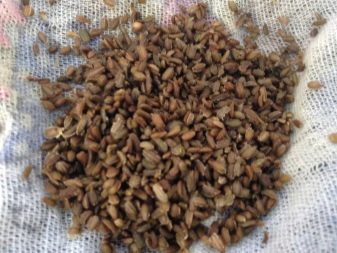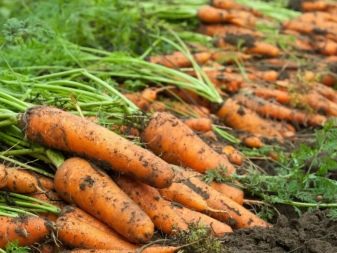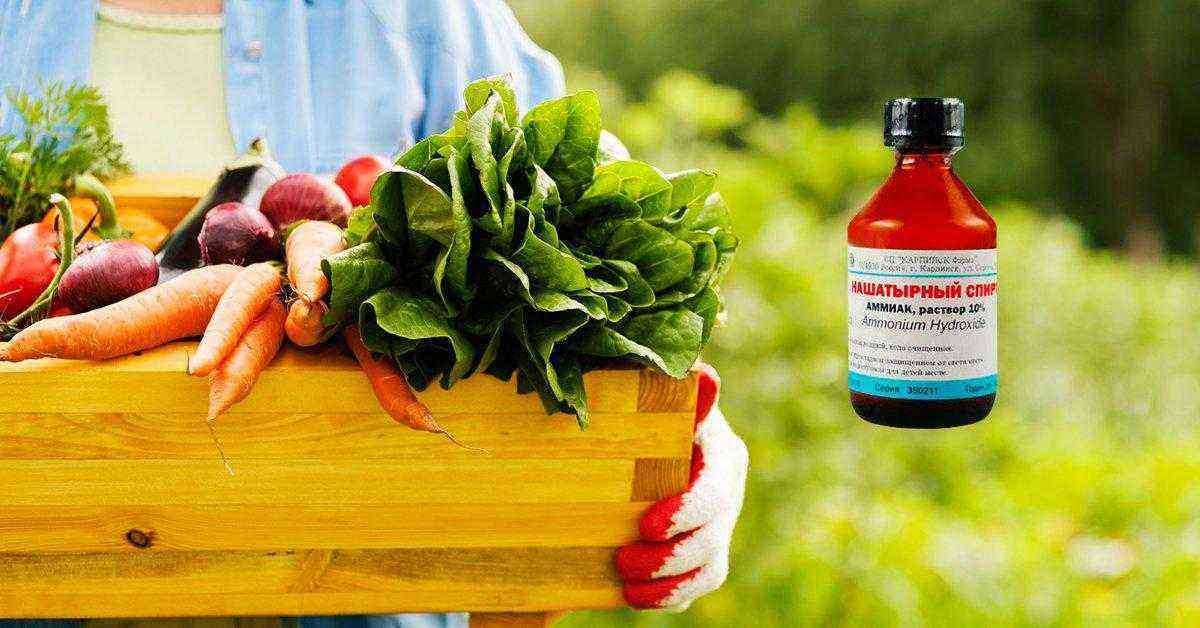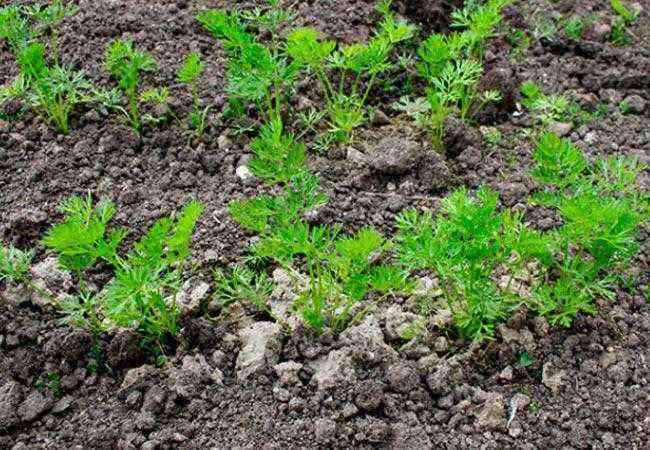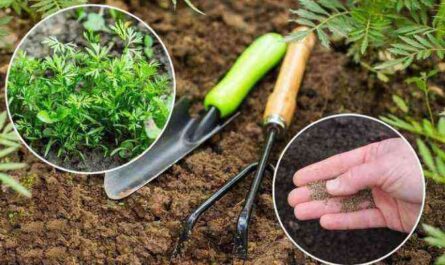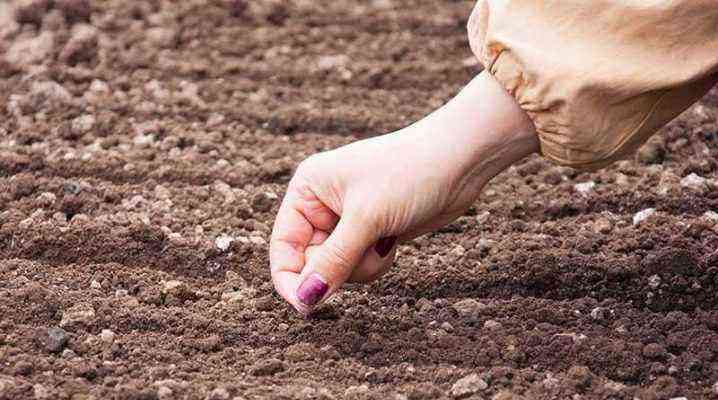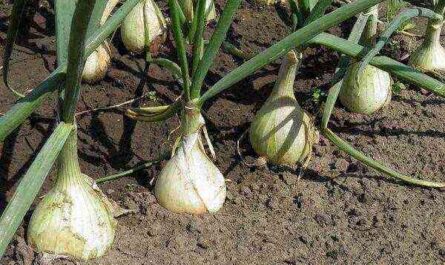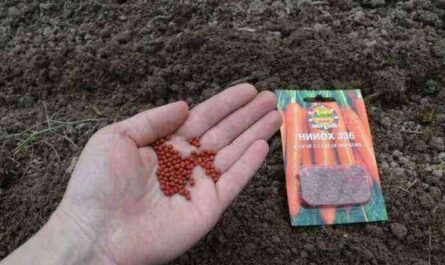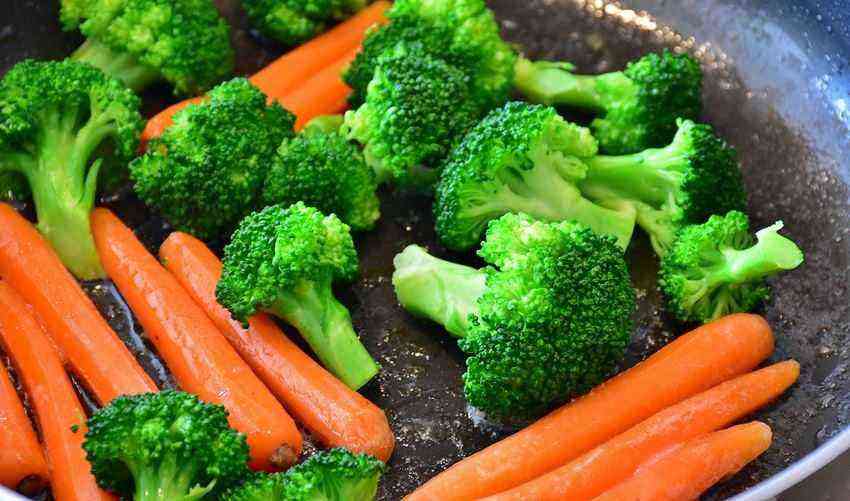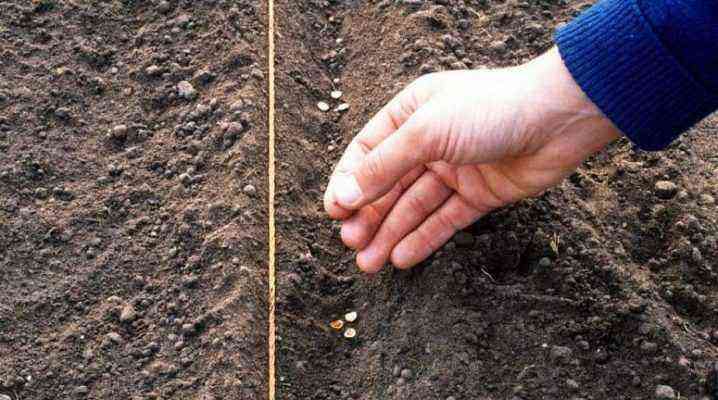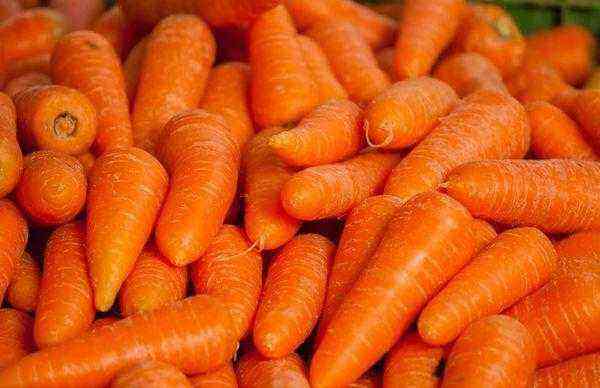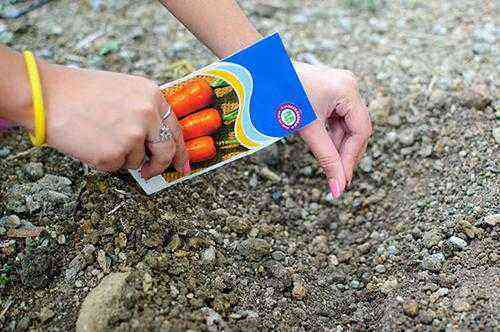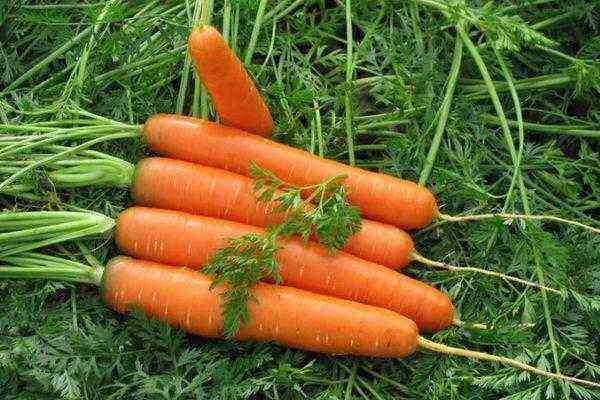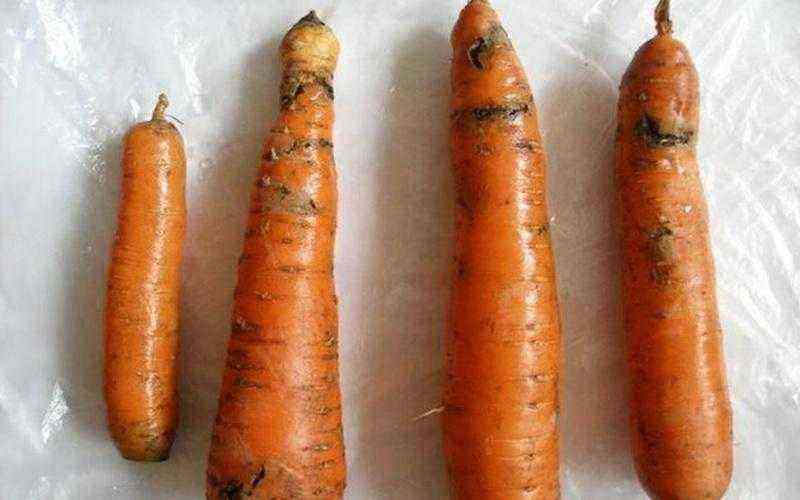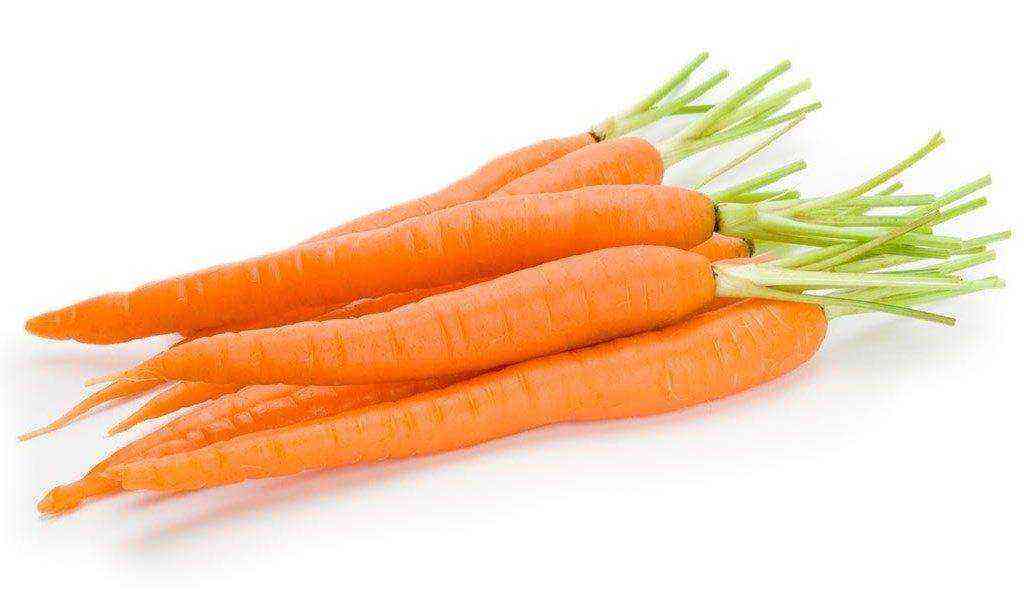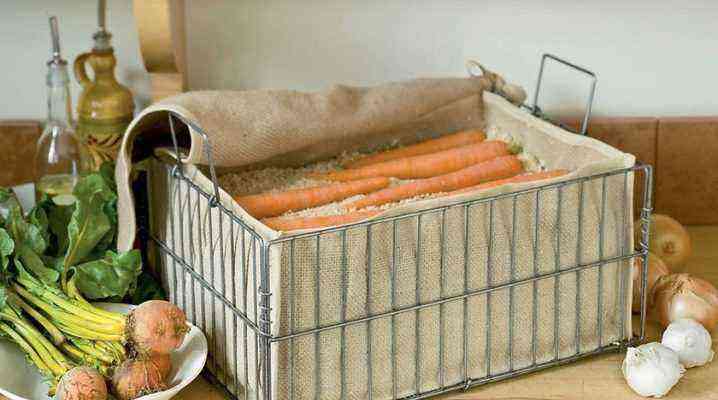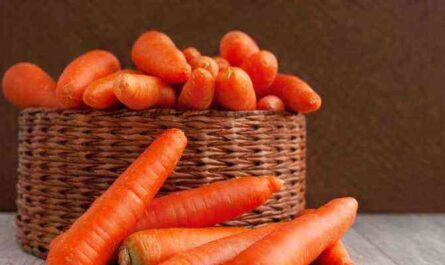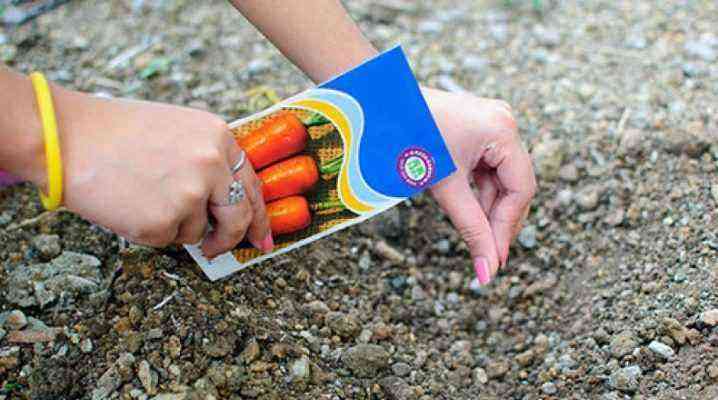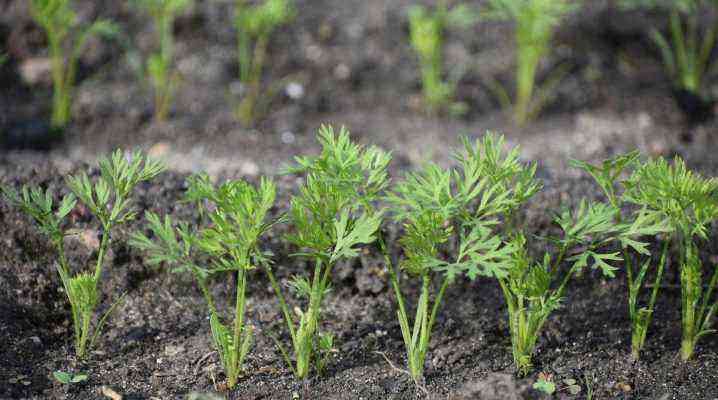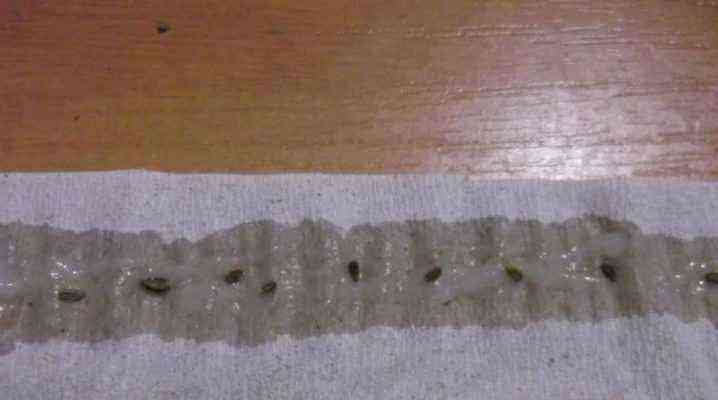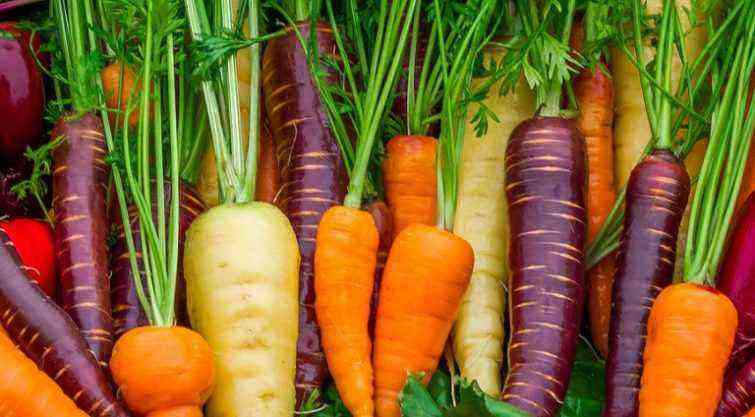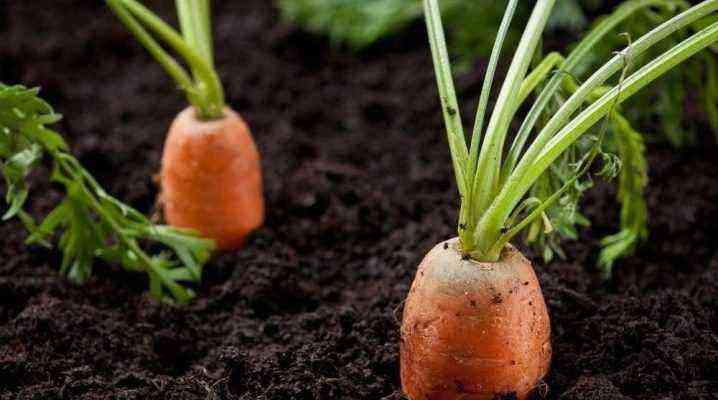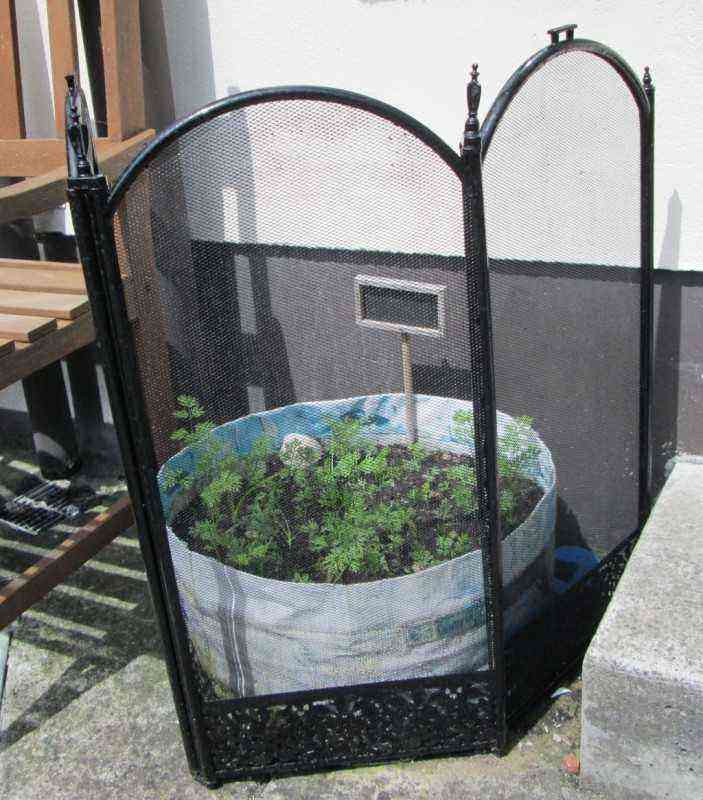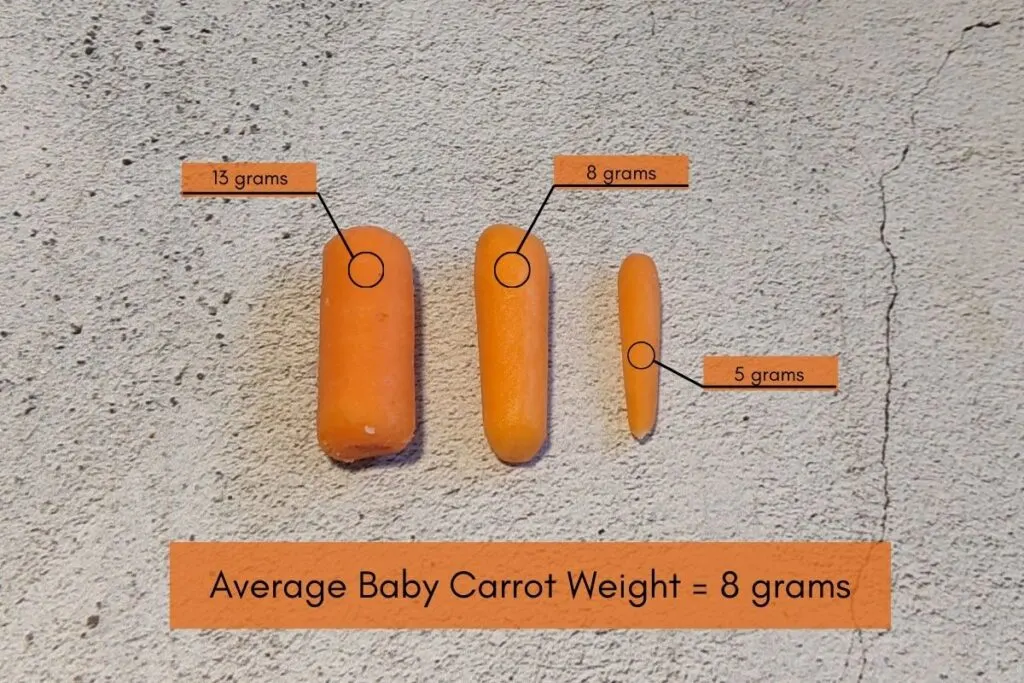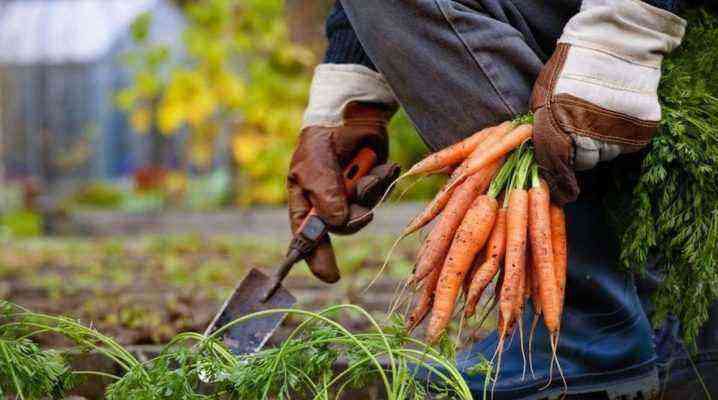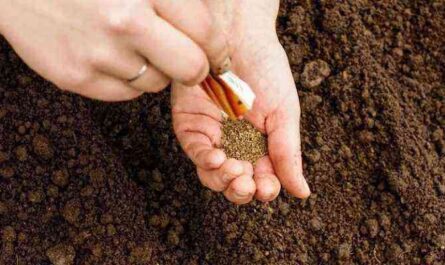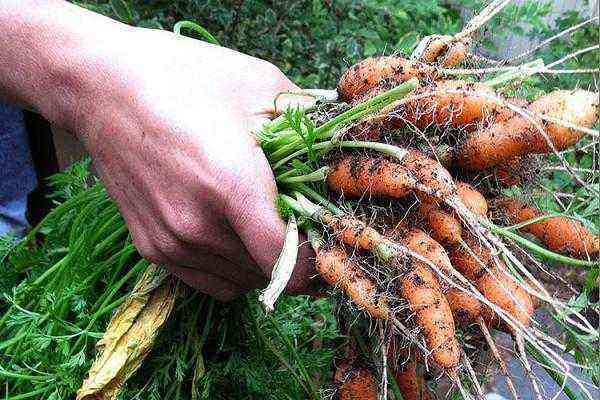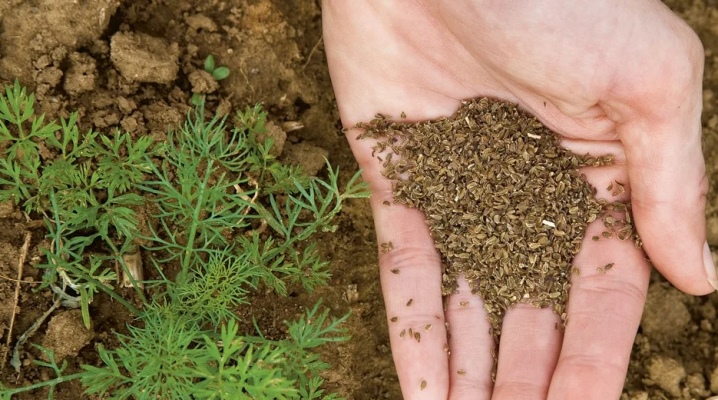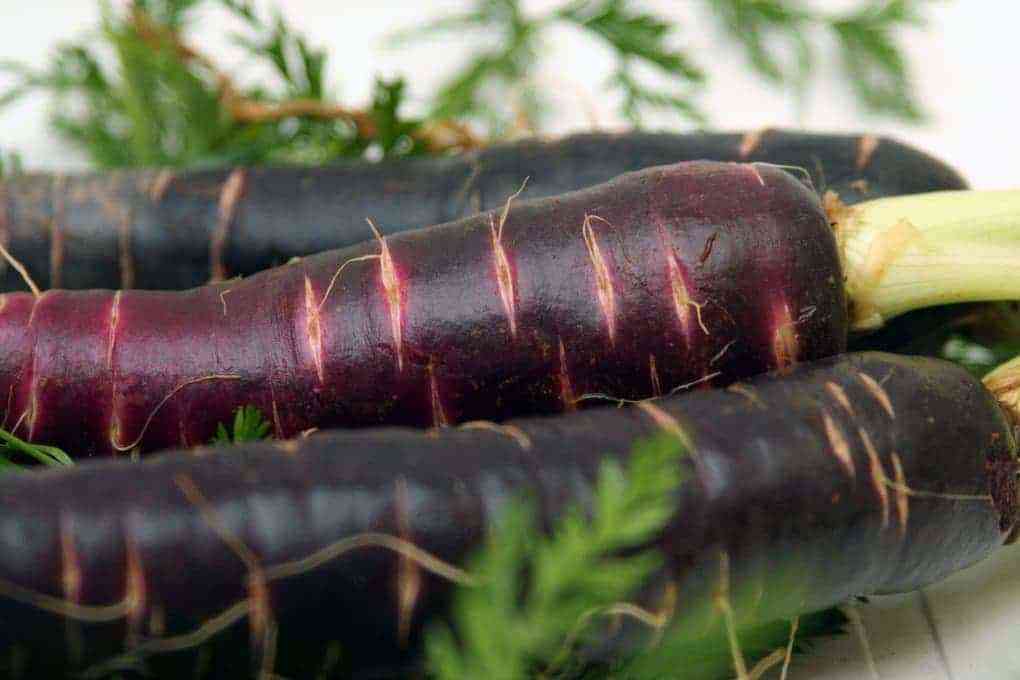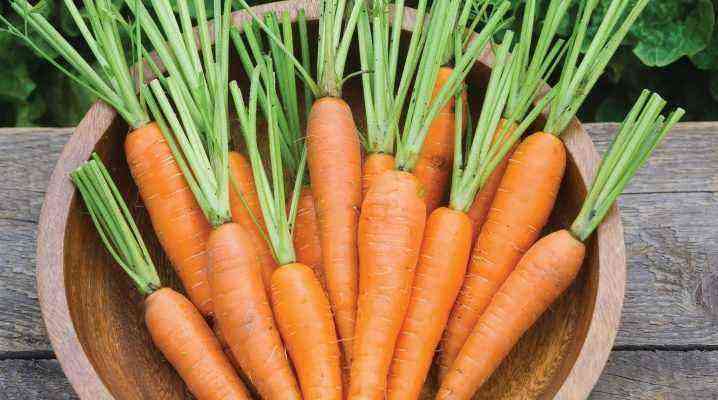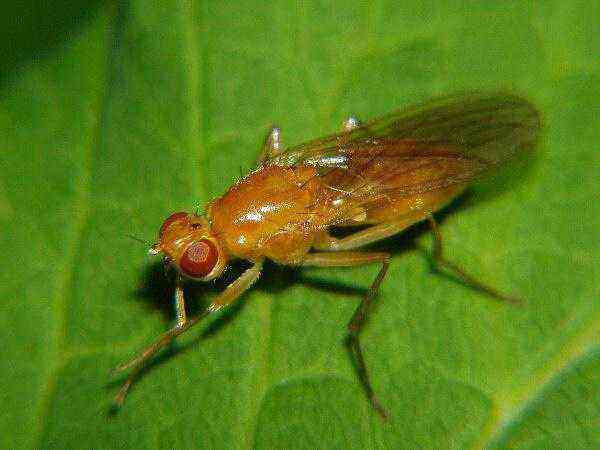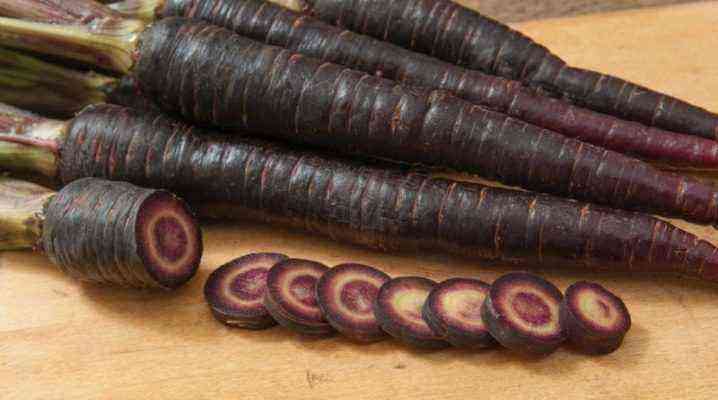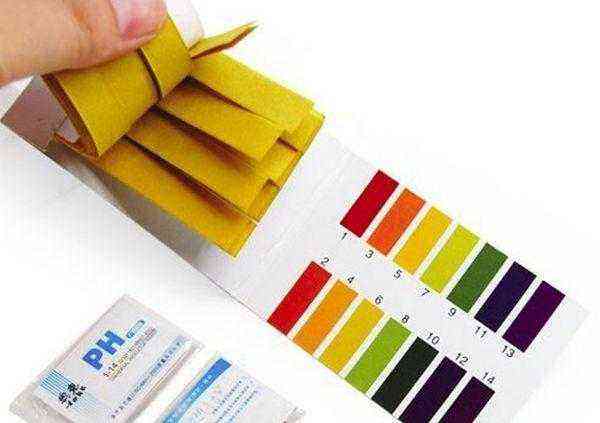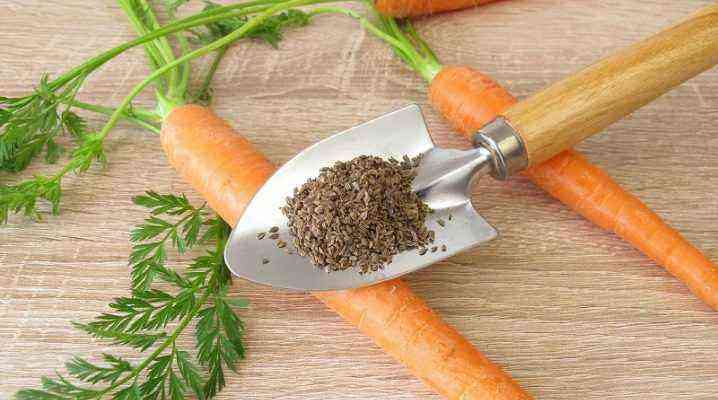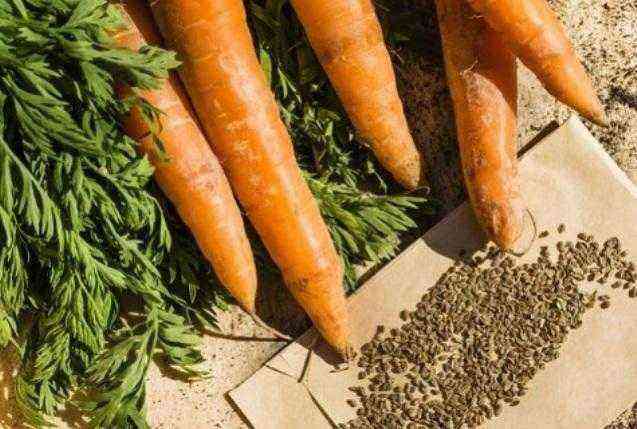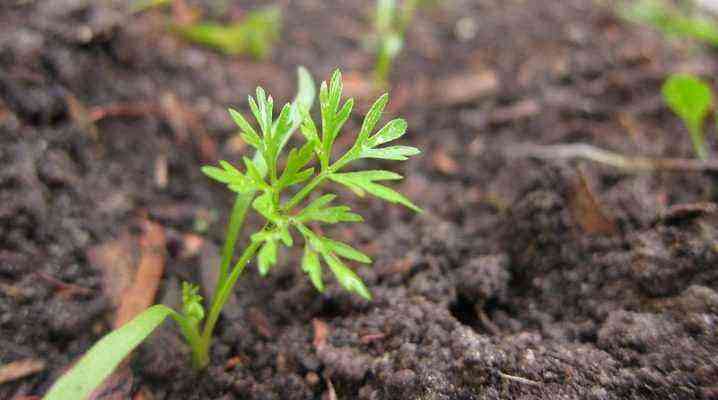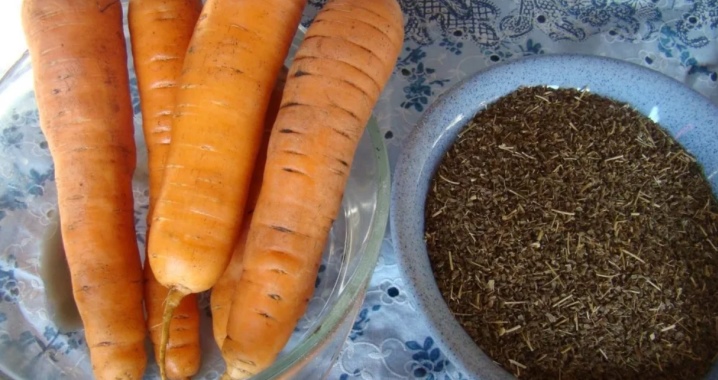
Carrots can be found on the site of almost every summer resident. This is due to the fact that it does not need complex care and at the same time has a good yield. However, not everyone knows how this plant produces seeds. Material for planting can be collected independently at home, adhering to some rules.
Where do they come from and what do they look like?
In carrots, as in a two-year culture, roots are formed in the first year, and flowers and seeds in the second. However, not in all regions it is possible to leave root crops for the whole winter in the ground. For example, in the northern regions, carrots for storage should be placed in the basement in boxes with moistened sand. Gardeners with experience recommend always harvesting root crops for seeds in cold weather, so as not to get a solid empty flower.
The description of carrot seeds should begin with the fact that they are elongated, in the shape of an oval. Spikes and slight ribbing are visible on their surface. After ripening, the seeds become evenly brown and may shine a little. When they are fully prepared, they can be easily removed from cut inflorescences. From one plant, you can get seeds in the amount of 10-20 grams.

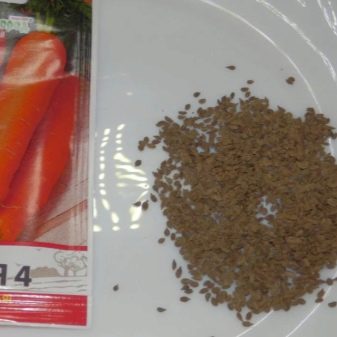
How to distinguish from parsley?
Carrot seeds are very similar to parsley, and sometimes they can be confused. To prevent this from happening, some tests should be done with them. So, after pressing on the seeds of carrots, they acquire a yellowish tint, while parsley seeds become greenish.
However, the main difference in the seed of these two plants is the smell. Carrots have a specific aroma, which is strongly manifested if you rub the seeds.

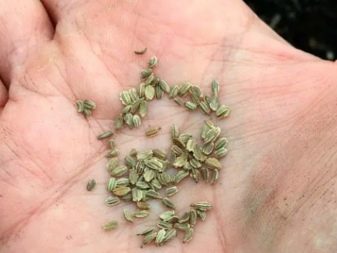
Tips for choosing
When choosing carrots, one should first of all proceed from the variety of its varieties. In general, they are divided into three groups.
Early carrots ripen 1,5-2,5 months after sowing. However, it is not stored in the winter. The fruits are characterized by low sweetness and small size. Among the most popular varieties are the following: “Zabava”, “Tushon”, “Laguna”, “Sugar Finger”, “Lady”.
The average sings for 3-4 months. Among the varieties of this species, Shantenay, Vitaminnaya, Honey, Olympian, Tip-top have become especially famous.
Late carrots need more than 4 months to fully ripen. Bright representatives of this group are varieties “Vita Longa”, “Red Giant”, “Bayadera”.
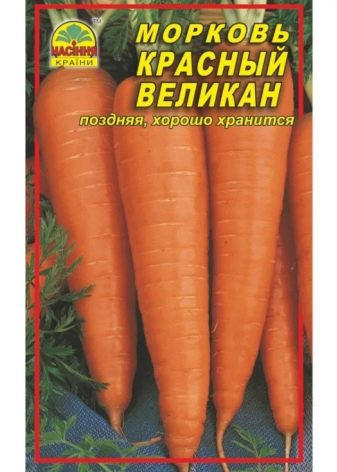
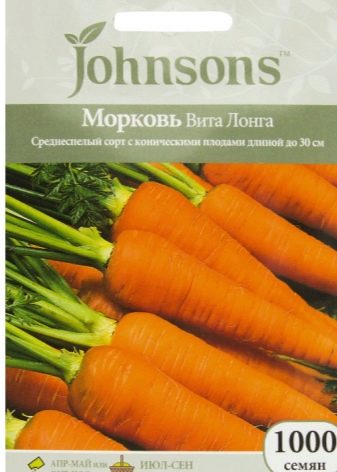
Before choosing a variety, you should take into account the climatic features of the region and the quality of the soil. For example, any carrot grows equally well on loose soil. For dense soil, early varieties with small roots are better suited. Sandy soil needs peat fertilizer and preliminary preparation. On such soil, any crops do not grow well.
For long-fruited varieties of carrots, loose soil is ideal. It is very easy to get a crop that is already ripe from it. Small fruits, as a rule, are not suitable for storage, but are grown for a “bundle”. Round carrots are fast growing, but this sometimes interferes with their size.
Among the seeds of carrots, foreign hybrids have proven themselves well. Usually they produce root vegetables with a rich color and a pronounced taste. Such carrots can be stored for a long time and tolerate transportation over long distances well.
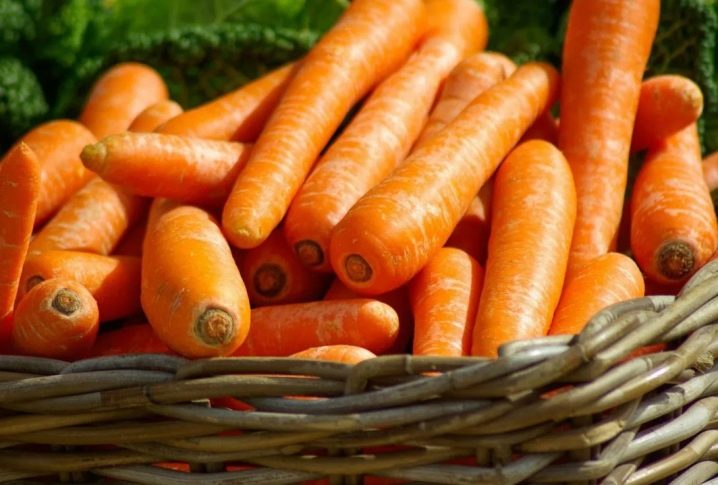
How to get seeds yourself?
Currently, a huge number of varieties of carrots are presented, and it is very simple to purchase the seeds you like. However, among gardeners there are many who have acquired one variety, but something completely different has grown from it. And also purchased planting material is characterized by low germination, which leads to the need for re-sowing. As a result, costs rise significantly. You can get high-quality carrot seeds at home on your own.
When growing carrots for seeds in the country, you should be prepared for a number of possible difficulties. Varietal qualities are gradually lost, therefore, every three years, seed should be updated by purchasing it in a store. And also it is worth remembering that carrots can be pollinated. The likelihood of this is especially increased if there are other varieties of carrots or wild weeds belonging to this family on the site.
It is advisable for growing seed with your own hands to opt for one variety and regularly weed.


The seed preparation process should begin with the selection of high-quality root crops that are well developed. This is done at harvest time. In order for the quality of the seeds to turn out to be high, you should pay attention to the following points when choosing root crops:
the shape of the carrot must be correct;
the color is uniform over the entire surface of the root crop;
appearance must be fully consistent with the variety;
on the root crop there should be no mechanical damage or signs of rot;
hybrid root crops are not able to preserve the properties of the species.
When suitable options are selected, you should take care of their safety until spring. The basement is best for storage. Before laying root crops in containers with moistened sand, it is necessary to cut their leaves. It is important not to damage the growth point at the top of the root crop. For carrots selected for seeds, the storage temperature should vary from 2 to 6 degrees above zero.


Cultivation
To grow good planting material, a bed for carrots should be prepared in advance, since autumn. To do this, the soil is carefully dug up, removing all the roots. As for the rest of the work, they are carried out already in the spring months, immediately before planting. Carrots are unstable to low temperatures, so it is better to plant them when the soil is warmed up to at least +10 degrees. There will be no danger of frost returning.
The optimal time for planting carrot roots for seeds for most regions is the end of May – the beginning of June. As for the northern regions, planting root crops in pots will be the best option for them. After stable warm weather sets in, they are transplanted with a clod of earth into open soil.
Before planting carrots, the bed prepared in advance should be loosened. This will improve soil aeration. Root crops should be planted 3-4 pieces side by side to improve pollination. At the same time, a distance of 30 to 40 centimeters should remain between the rows.
Landing is carried out directly in the holes, to a depth commensurate with the length of the root crop. They must be well watered first. Root crops are installed strictly vertically in the recesses after absorbing moisture, while the sharp end should be pointing down. It is also important that the wide side of the root crop is flush with the ground. After that, the soil should be compacted and mulched using humus or peat to avoid drying out.
It is worth noting that the germination of carrots on seeds occurs even during winter storage. For faster growth, a complete care should be provided, consisting of a number of quite ordinary procedures. Regular watering as the soil dries out. When it rains, additional watering is not required. The soil between root crops should be loosened after each moistening. As weeds appear on the beds with carrots, they should be removed. On hot days, plants need mulching.

In addition, plantings need to be processed if they are sick or attacked by pests. Another important point is the timely feeding of carrots, corresponding to certain stages of plant development. For example, when green mass is actively growing, fertilizers that contain a lot of nitrogen should be used. During this period, you can use ammonium nitrate or urea in the amount of 30 grams per 10 liters of water.
Peduncles appear 50-60 days after planting root crops. To get high-quality seed, you should leave the best umbrellas, and remove all others. Carrot stems are quite brittle, so it is better to tie them to stakes to avoid breaking them.
When the plants are actively blooming and seeds begin to form, top dressing is necessary in the form of superphosphate and potassium sulfide. 40 and 25 grams of fertilizer are taken per bucket of water, respectively. The nutrients contained in them make planting material better, and future seedlings more resistant to various external factors. During this period, nitrogen fertilizers should not be used. They are able to prolong the maturation of planting material, while reducing its quality.

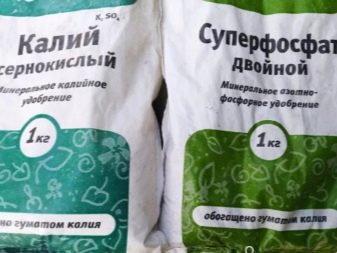
Collection
To collect high-quality carrot seeds, the whole process should be divided into several stages. This need is due to the fact that the maturation of planting material occurs unevenly. You can understand that it is time to collect inflorescences by their brown hue and shrinking. It is then that you should move on to the workpiece.
Inflorescences are cut with a part of the stem up to 20 centimeters. This is necessary so that the planting material is better ripened. Carrot umbrellas should be collected in bunches of several pieces and hung under a canopy (preferably in a dark place) so that there is good ventilation. To prevent the loss of small seeds, bundles can be tied with gauze or a thin cloth, they can also be wrapped in paper bags.
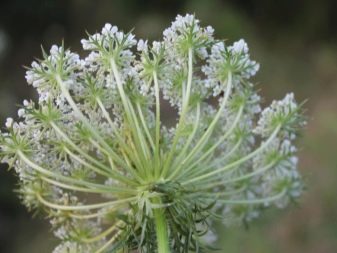
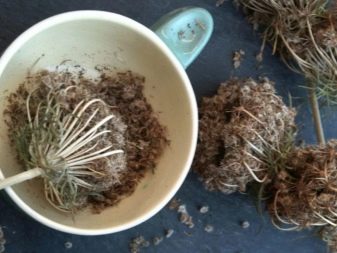
When the inflorescences are completely dry, the seeds can be separated from the inflorescences. To do this, just rub the umbrellas with your hands over a wide tray. The best seeds are those that form on the edge of the umbrella. As a rule, they are the most mature and large. To find mature seeds, water should be used. A high-quality seed with a full-fledged embryo will always sink to the bottom, and a bad one will float on the surface.
Washing the seeds also helps to get rid of debris that leaves with the top water layer. After cleaning and sorting the seed material, it must be laid out on a paper or fabric web for complete drying. In this case, the seeds are recommended to be mixed periodically.
It is worth remembering that you can not dry carrot seeds in an oven, oven or dryer, since the recommended temperature is room temperature.
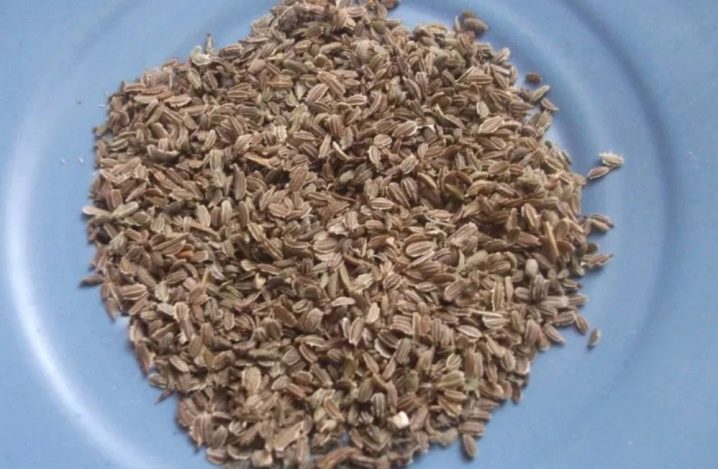
Storage conditions
Collected seeds must be stored in a dry and dark place. To do this, you can use bags made of paper or polyethylene, as well as glass containers that are hermetically sealed. It is worth emphasizing that the seeds periodically need to be ventilated. To simplify the search, each package should be signed, indicating the variety and date of collection. Seed germination persists for 3-4 years.
Before sowing, to speed up germination, you should check how good the seeds are. This procedure is especially obligatory after the expiration date of the inoculum has expired. To do this, it is necessary to spread the seeds between layers of moistened tissue, and then place them in a regular bag. The resulting roll should be placed in a dark place at room temperature for a period of 7 to 10 days. If sprouts have appeared, then the seeds can be planted in moist soil.
It is recommended to discard all unsprouted seed. Only careful selection of seeds will allow you to get a plentiful and high-quality harvest. Of course, in addition to this, it is important to properly care for the plants.
